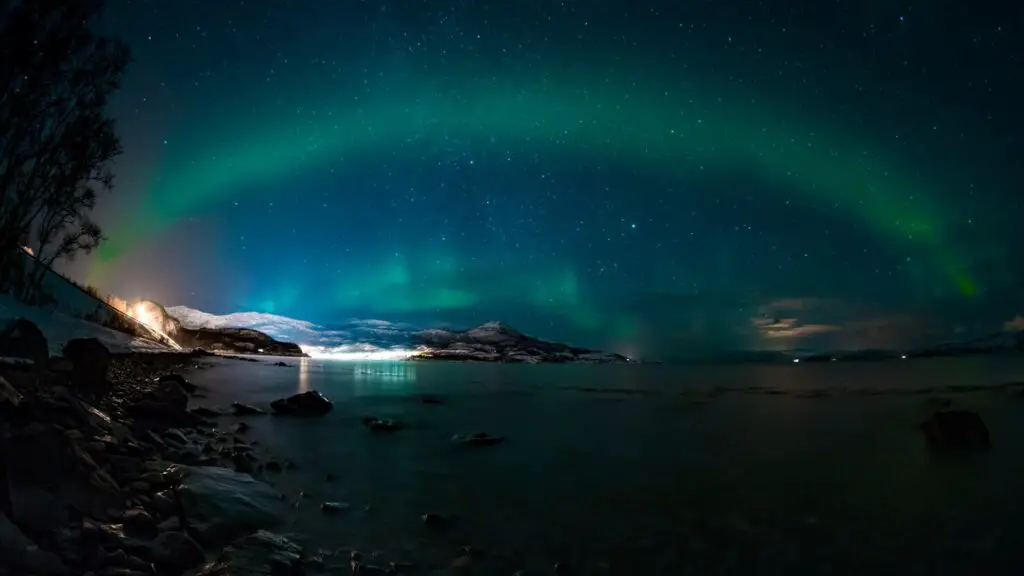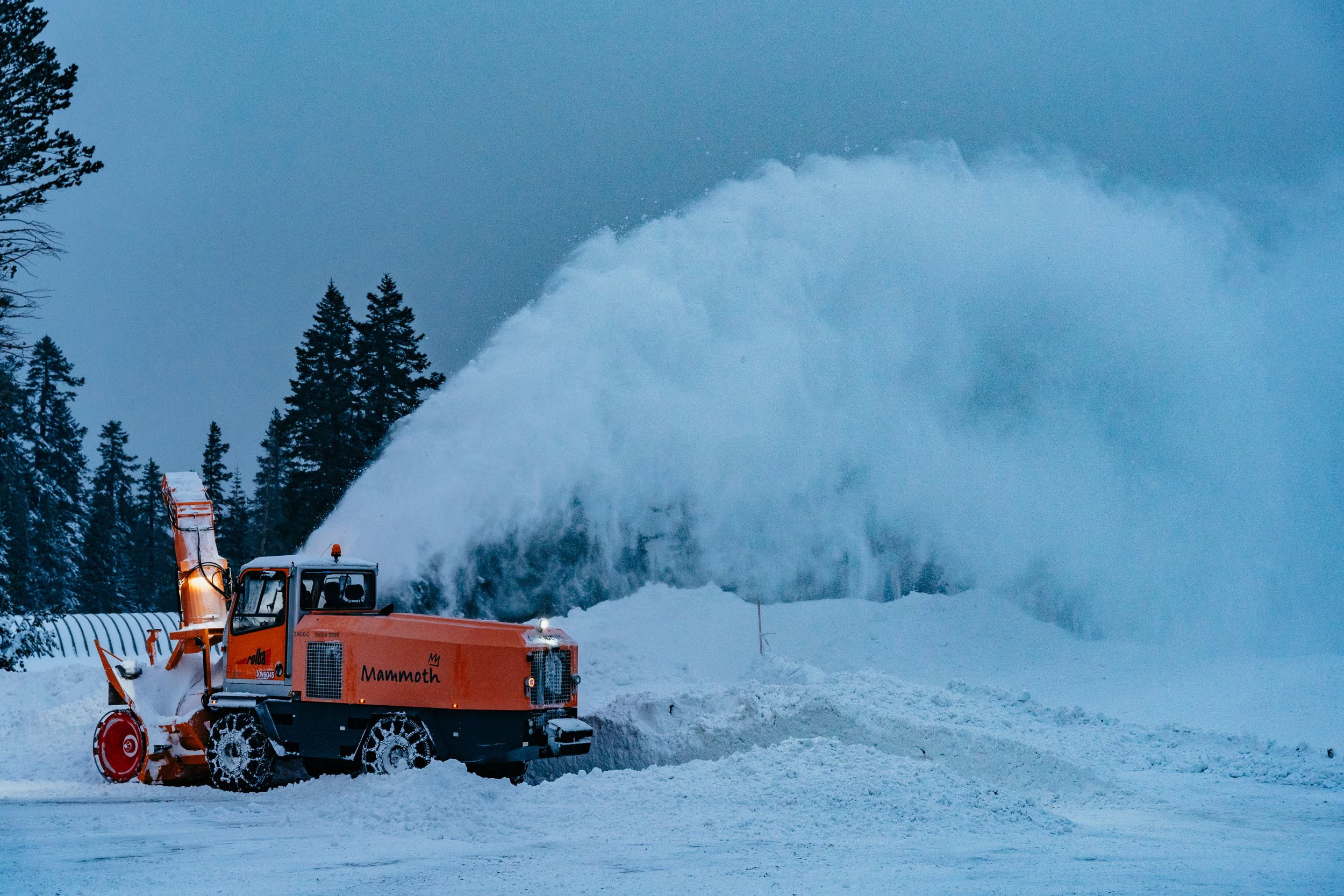The winter night skies, the National Oceanic and Atmospheric Administration (NOAA) states, promise spectacular celestial events: dazzling meteor showers and, possibly, a return by the northern lights.
Northern Lights: A Solar Showstopper
The northern lights, or aurora borealis, are a spectacular display of vibrantly green and red hues. This phenomenon occurs when geomagnetic storms from the sun interact with Earth’s magnetic field. These lights might return soon, visible as far south as New York in October, delighting skywatchers across the continental United States.
Shawn Dahl, a NOAA service coordinator and amateur astronomer, pointed out that we are now in the solar maximum phase of solar cycle 25. In this phase, the chances for geomagnetic storms increase the possibility of auroras to reach lower latitudes.
The solar maximum period increases solar activity,” Dahl said. “This intensification phase is forecasted to persist into 2025 and perhaps into early 2026.” Throughout this time, there is an increased likelihood of more solar storms, flares, and sunspots, thus increasing the chances for star-gazing enthusiasts.
Meteor Showers: December Geminids and January Quadrantids
While random meteors can streak across the sky on any night, specific times of the year bring meteor showers—periods when multiple meteors appear as Earth passes through cosmic debris.
The Geminids Peak in December
It promises to be one of the year’s most dazzling displays by this Geminid meteor shower, which originates in the constellation Gemini. Peak occurs between December 13 and 14 with rates that reach up to 100 per hour when the conditions are right.
“While many meteors are faint, there are lots of bright ones to see in dark skies,” Dahl added. For the best views, observers should head for the darkest locations with good weather.
The Quadrantid meteor shower will peak on January 2-3, shortly after the new year. This shower is possibly the strongest of the year, with a crescent moon setting early to provide darker skies for better viewing. Its six-hour peak, though, and the unpredictability of January weather might make it a challenging sight for observers.
Winter Constellations: Orion and Taurus
Winter skies also feature awe-inspiring constellations. One standout is Orion, the hunter of Greek mythology. The three-star belt easily identifies this constellation, which dominates the southern sky with vivid stars and the “wondrous” Orion Nebula, a stellar nursery.
Equally impressive is Taurus the Bull, whose well-known star cluster Pleiades forms the end of one horn. The famous constellations also add celestial charm to it, so skywatchers can now explore Greek mythology and the wonders of space.
How to Prepare for These Celestial Events
To fully enjoy these astrological spectacles, follow these tips:
- Check weather conditions: Cloud-free skies offer the best view.
- Find dark skies: Head to areas away from city lights for maximum visibility.
- Dress warmly: Winter nights can be cold, so layer up to stay comfortable.
- Bring binoculars or telescopes: These tools enhance views of constellations and nebulae.
- Time it right: Peak times are essential for catching the best displays.
Why the Winter Skies Matter
The winter night sky is more than a feast for the eyes; it reminds us of the immensity of the universe. Such events as northern lights and meteor showers inspire awe and curiosity, urging people to explore and delve deeper into the cosmos.
Astronomy enthusiasts and casual stargazers will find a lot to appreciate this season. Whether it’s the bright streaks of a meteor shower or a glimpse of aurora borealis, the skies are promising some unforgettable moments.
Way Forward
This winter, grab your warmest coat, head outside, and look up. The season is filled with celestial wonders, from the Geminid and Quadrantid meteor showers to the breathtaking northern lights and captivating constellations like Orion and Taurus. Don’t miss this chance to experience the magic of winter stargazing.
Credit









